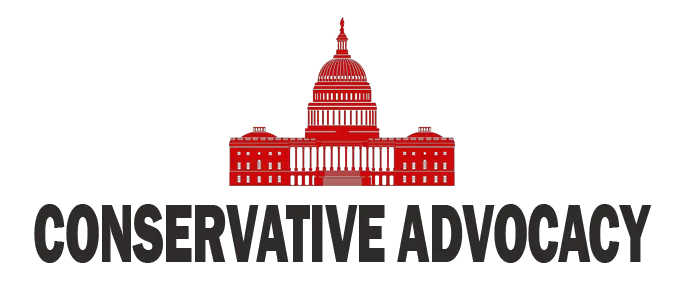The banking industry in the United States is facing significant challenges, as the largest banks are laying off employees and closing branches amidst a looming financial crisis. Despite being the most profitable bank in the country, JPMorgan Chase is the exception, with other lenders cutting their workforce and announcing future plans to do so. This trend is being driven by higher interest rates, which are negatively impacting the mortgage business. As a result, US banks have already cut a combined 20,000 jobs this year.
US Banks Quietly Close 100s of Branches, Lays Off 1000s of Workers https://t.co/9bnHNBZZSj
— ????Josh Dunlap???? ULTRA-MAGA (@JDunlap1974) October 23, 2023
This situation is a cause for concern, as these job losses could have broader implications for the US labor market in the coming year. With rising defaults on corporate and consumer loans, banks may need to make deeper cuts to protect their earnings. The uncertain outlook for the future is leading banks to find ways to reduce costs and allocate funds for potential loan losses.
The decline in headcounts has been particularly significant at Wells Fargo and Goldman Sachs, both of which are experiencing revenue declines in key business areas. Wells Fargo, in particular, has been restructuring its operations away from the mortgage business, resulting in job cuts. While Goldman Sachs has already undergone several rounds of layoffs, the bank continues to reduce its workforce further.
Overall, the banking industry is facing significant challenges, and these layoffs and branch closures indicate the severity of the situation. The economic conditions are steadily deteriorating, as seen in the decline of leading economic indicators over the past 18 months. With the risk of a recession in the first half of 2024, it is clear that the banking industry is in big trouble.
Commentary:
This news is a clear indication of the negative impact that the Federal Reserve’s interest rate hikes have had on the economy. Higher interest rates have hammered the mortgage business, leading to job cuts and branch closures in the banking industry. It is a classic case of government intervention backfiring and causing unintended consequences. The Federal Reserve’s attempts to cool an overheated economy have instead resulted in layoffs and economic instability.
This is why it is crucial to have a conservative approach to government intervention in the economy. When the government tries to manipulate interest rates and control economic growth, it often leads to negative outcomes. The free market should be allowed to operate without excessive government interference. This means letting interest rates be determined by market forces and allowing businesses to make their own decisions without burdensome regulations. The current economic crisis in the banking industry is a prime example of why conservative economic policies are necessary for long-term stability and growth.




